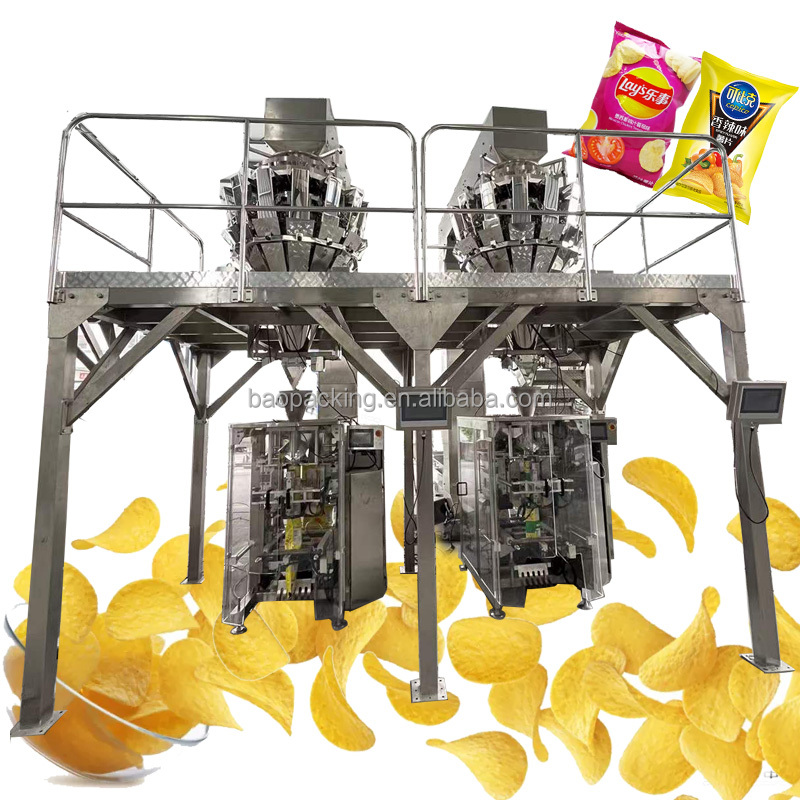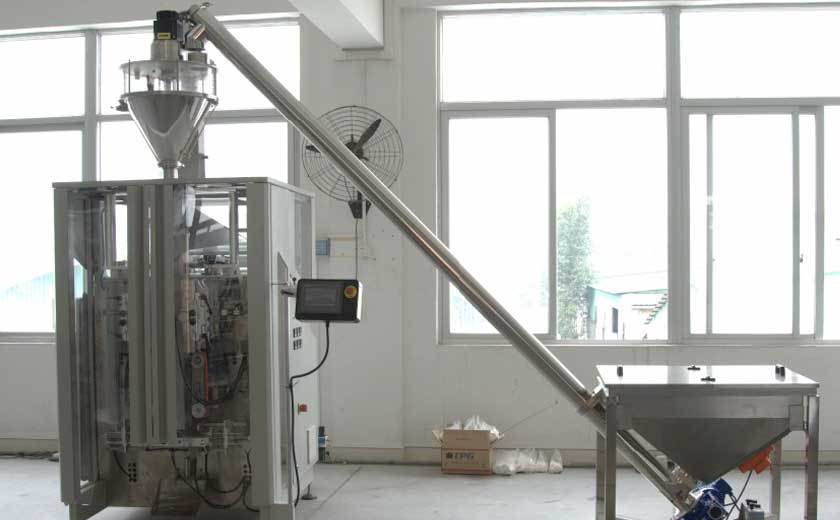When to Evaluate Your Current Vertical Bagging Process
In today’s competitive packaging industry, it is imperative to ensure that your operation is efficient, effective, and profitable. Evaluating your vertical bagging process can identify areas for improvement, increase productivity, reduce costs, and enhance customer satisfaction. Here are key indicators that it is time to reassess your current vertical bagging process:
Signs of Inefficiency
Slow bagging speeds: If your vertical bagging machine is not meeting its speed specifications, it can lead to production delays and lost time.
High downtime: Frequent breakdowns or maintenance issues can significantly impact overall productivity and increase operating costs.
Product damage: Poorly designed bagging systems can damage products and result in customer dissatisfaction and returns.
Changing Market Demands
New product introductions: Introducing new products often requires modifications to your vertical bagging process to accommodate different sizes, weights, or materials.
Changing consumer trends: Evolving consumer preferences and market demands may necessitate adjustments to your packaging process to meet evolving expectations.
Increased competition: As competition intensifies, optimizing your packaging operation can help you gain a competitive advantage by reducing costs and improving efficiency.
Technological Advancements
Automated systems: Advanced vertical bagging machines incorporate automation and robotics to reduce manual labor, increase precision, and improve overall productivity.
Smart technology: Integration of sensors, analytics, and remote monitoring capabilities allows for real-time process monitoring, predictive maintenance, and optimized performance.
Sustainable packaging options: As consumers become more environmentally conscious, evaluating your vertical bagging process can help you identify opportunities to reduce waste and adopt sustainable packaging solutions.
Evaluating Your Process
To effectively evaluate your vertical bagging process, consider the following steps:
1. Assess your current state: Perform a thorough analysis of your existing equipment, materials, and processes to identify potential areas for improvement.
2. Identify key performance indicators (KPIs): Establish specific metrics to track, such as bagging speed, downtime, and product damage.
3. Benchmark against industry standards: Compare your performance to industry benchmarks to determine how your operation stacks up.
4. Explore new technologies and solutions: Research the latest advancements in packaging technology to identify potential improvements.
5. Implement and monitor: Once you have identified potential solutions, implement changes and monitor progress through KPIs to ensure improvements are achieved.
By regularly evaluating your vertical bagging process, you can ensure that your operation is optimized for efficiency, profitability, and customer satisfaction. Proactively addressing the signs of inefficiency, adapting to changing demands, and embracing technological advancements will help you stay competitive in the fast-paced packaging industry.
-

Overview of Packaging Machine Buying Guides
08-01-2024 -

How Does a Vertical Form Fill Seal Machine Work?
30-10-2023 -

Advancements in Auger Powder Filling Technology
27-10-2023 -

A Deep Dive into Automatic Packaging Machines
26-10-2023 -

The Revolutionary Fully Automatic Potato Chips Packaging Machine
20-09-2023 -

How to choose the right packaging machine?
23-08-2023 -

Reducing Waste And Maximizing Yield With Multihead Weigher Machines
15-03-2023 -

Nuts Packaging Machine for Dry Products Perservation
26-11-2022 -

Is Automated Biscuit Packaging Machine Better Than Manual Opeartion?
25-11-2022





